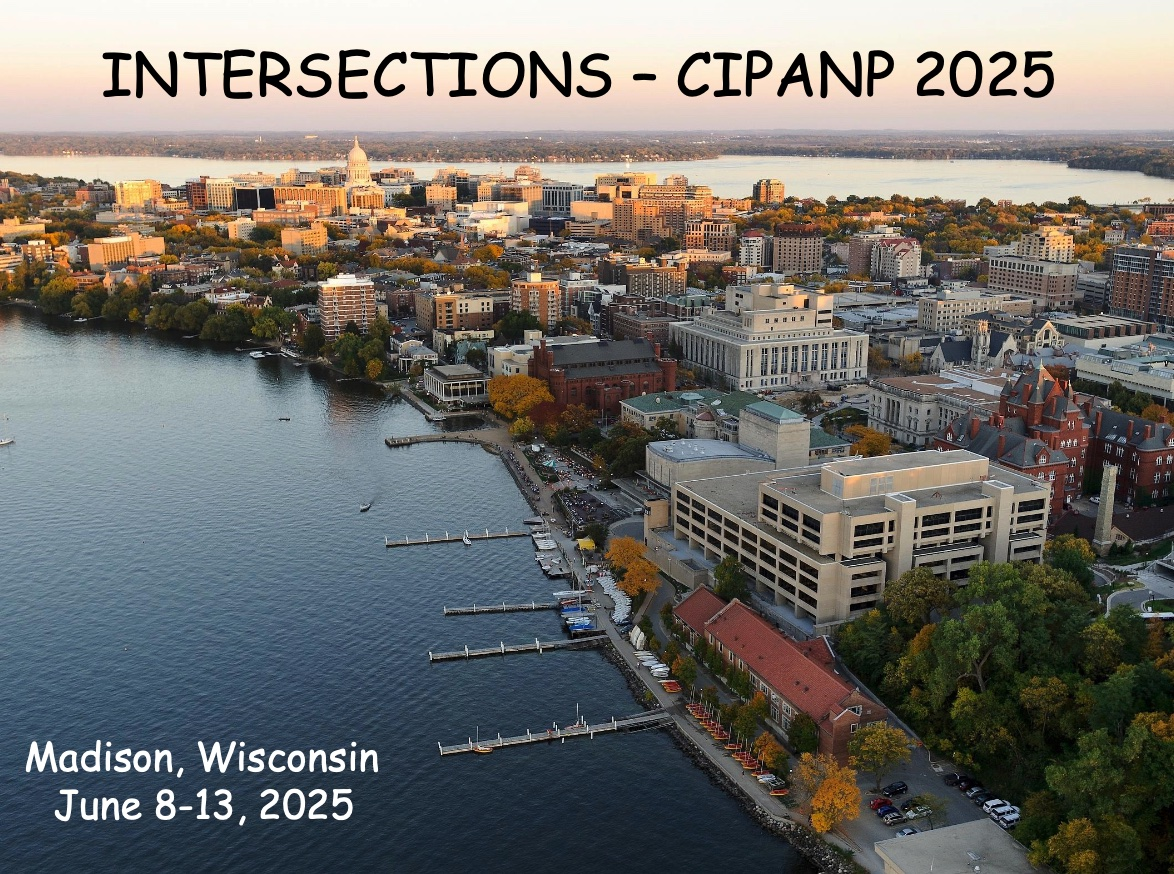Speaker
Description
In quantum chromodynamics (QCD), the baryon quantum number is a conserved quantity. It is traditionally assumed to be evenly distributed among valence quarks in nucleus. However, an alternative framework proposes that this number is carried by a non-perturbative, Y-shaped topology of gluons connecting to three quarks. While neither hypothesis has been conclusively verified experimentally, new observations from the STAR Collaboration provide insights challenging the conventional valence quark picture. STAR data from Ru+Ru and Zr+Zr collisions show the net-baryon (B) to net-charge (ΔQ) ratio within mid-rapidity (|y| < 0.5) far exceeding the valence quark expectation. Published data shows that yields of net-baryons for various species (p, Λ, Ξ, Ω) at mid-rapidity decline with beam energy more slowly than expected in a similar fashion, reflecting flavor-independent stopping. Net-proton yields from photonuclear Au+Au collisions show weaker rapidity dependence than models without junction interactions. These results all favor the baryon junction hypothesis: since the junction composes of low-momentum gluons, it is easily stopped and results in enhanced baryon number being transported to mid-rapidity.

